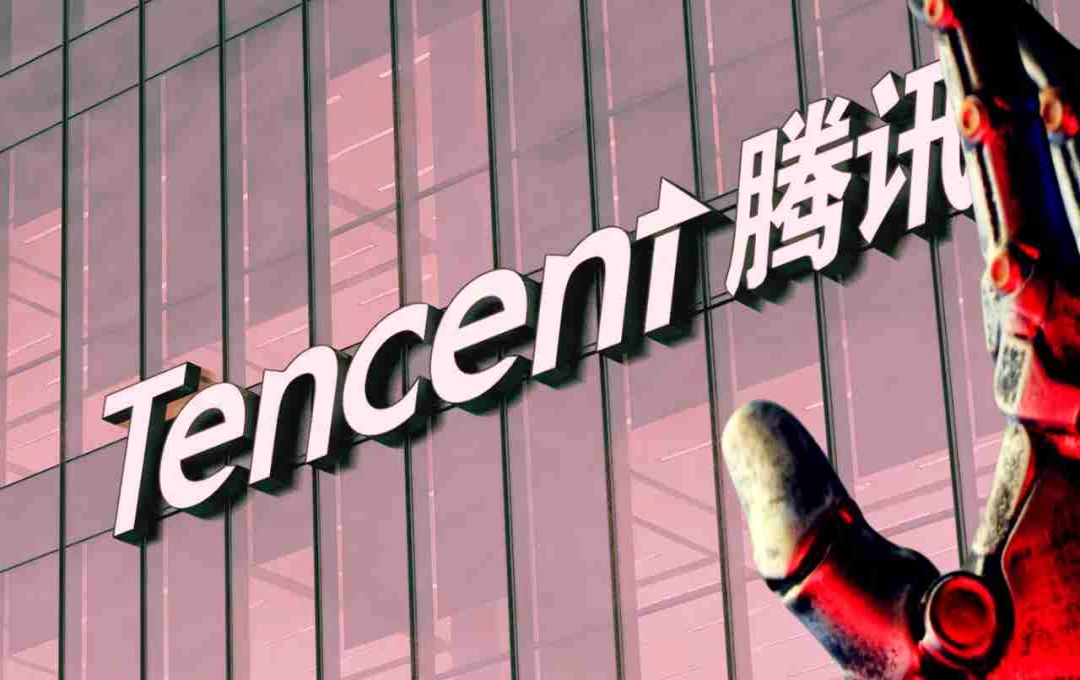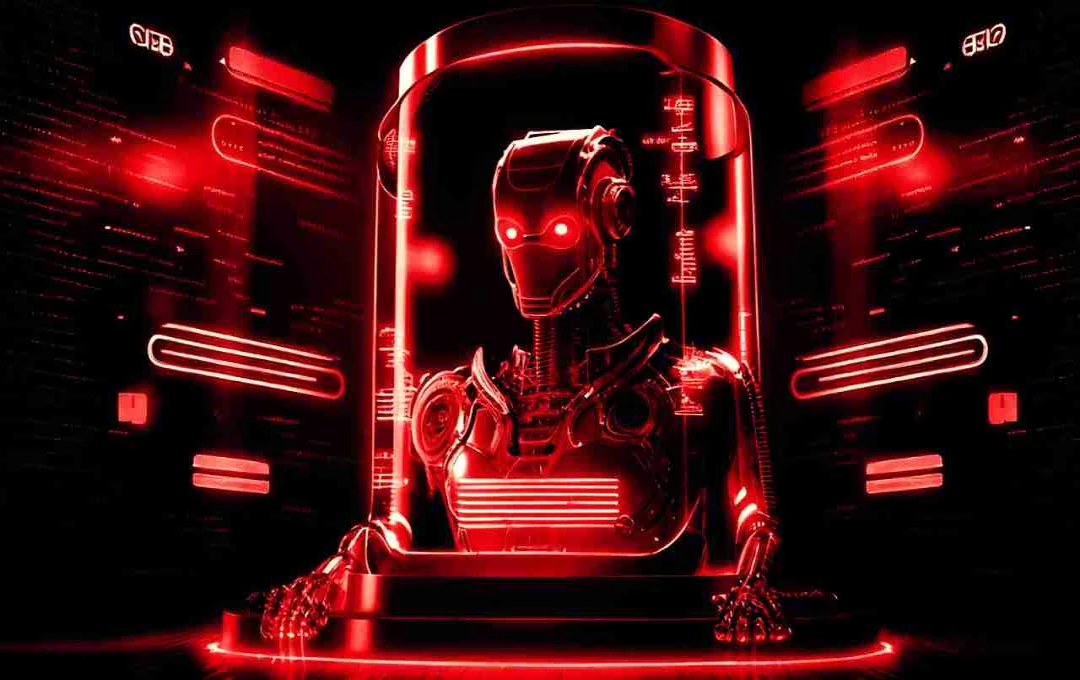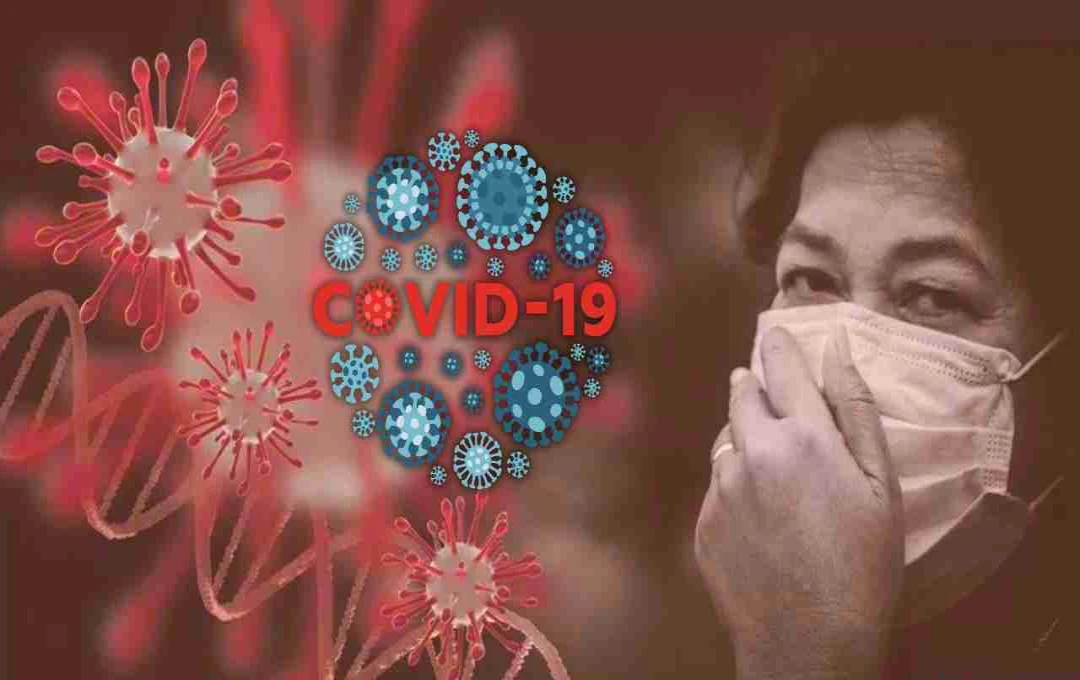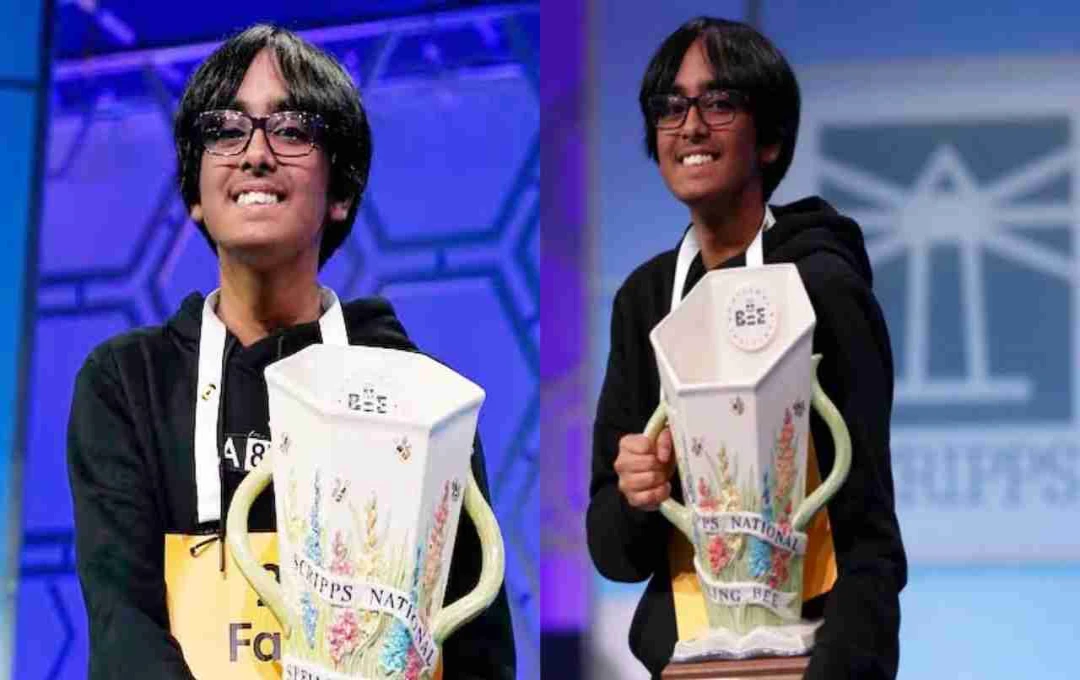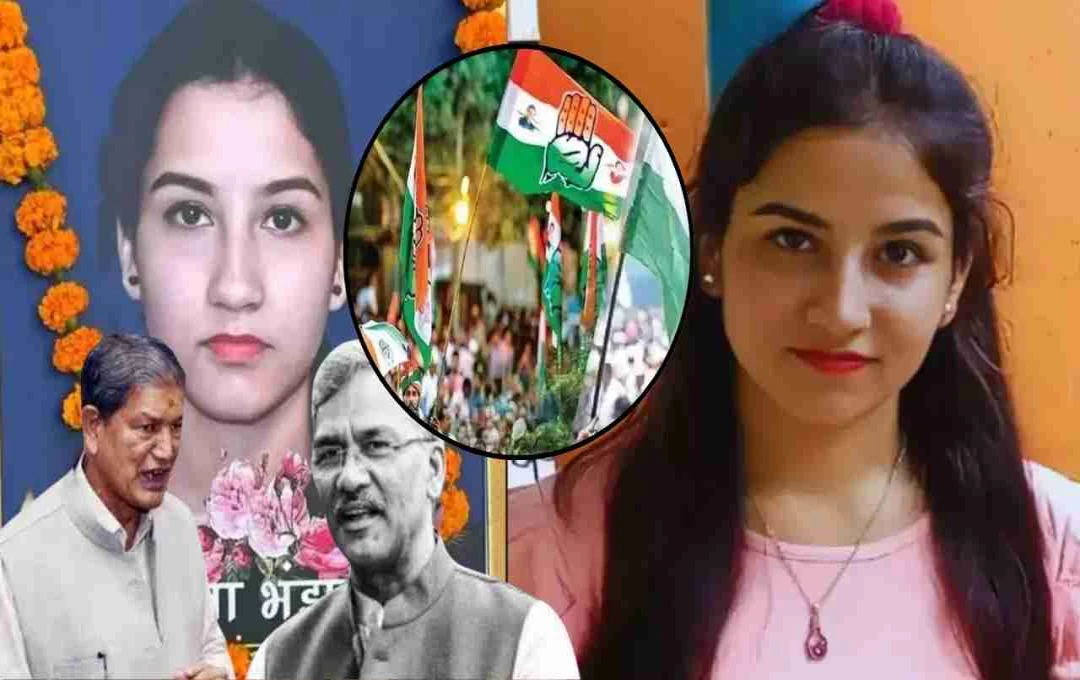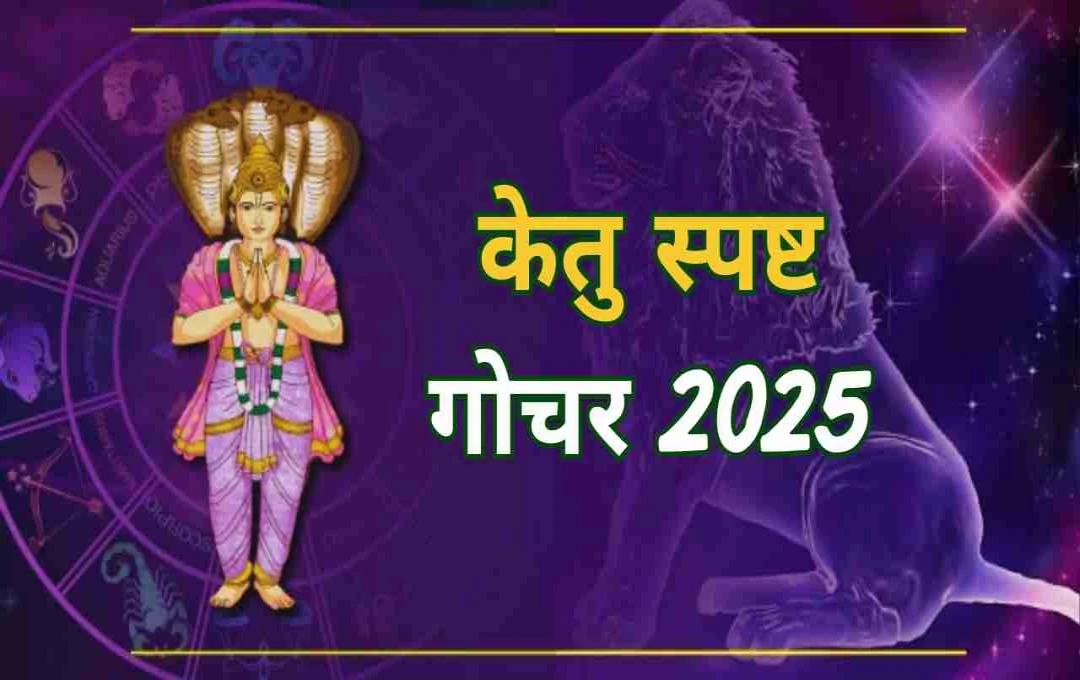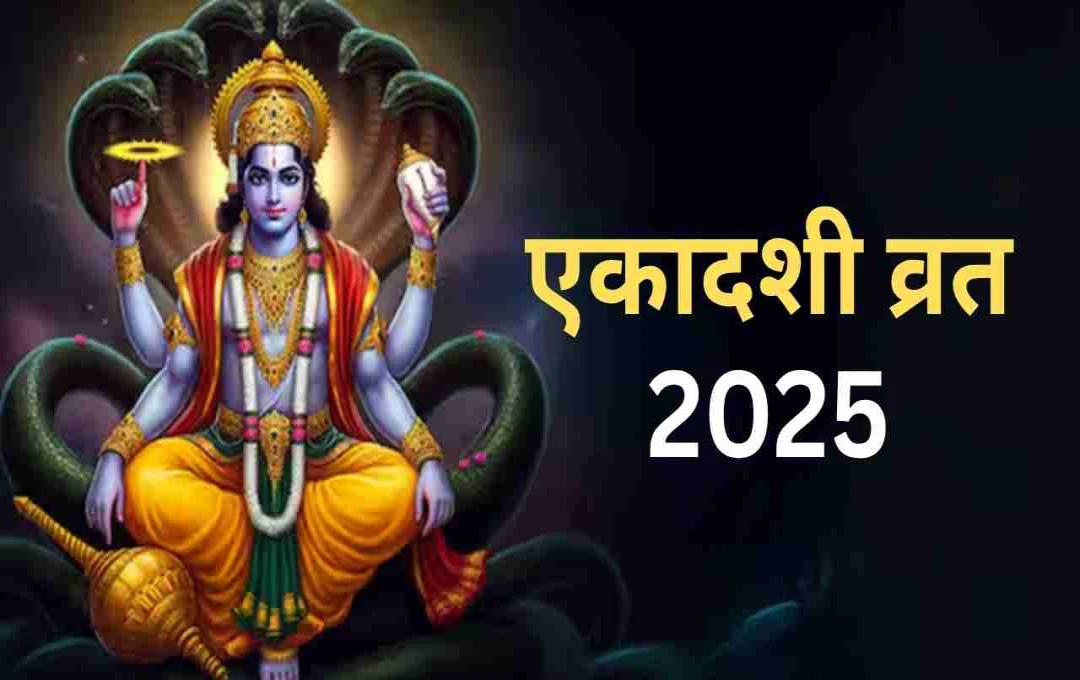Chinese tech giant Tencent has taken another significant step in the world of artificial intelligence (AI). On Tuesday, the company open-sourced a new AI model called HunyuanPortrait, capable of transforming a static portrait image into a realistic video. The model's unique feature is its ability to seamlessly synchronize the facial expressions and head poses from a driving video onto the target image, creating natural-looking animation.
What does HunyuanPortrait do?
HunyuanPortrait is an advanced AI model that transforms any static portrait photograph into a lively, animated video. It utilizes two inputs: a reference image (your standard photograph) and a driving video showcasing a person's facial expressions and head movements. The model extracts movement data from the driving video and applies it to the reference photo. This process employs a "Condition Control Encoder" and diffusion technology, resulting in a video where your face appears to be speaking or reacting naturally. The precision is such that even subtle facial expressions and movements appear realistic.
Model Architecture
HunyuanPortrait's core is a Stable Diffusion model combined with a specialized Condition Control Encoder:
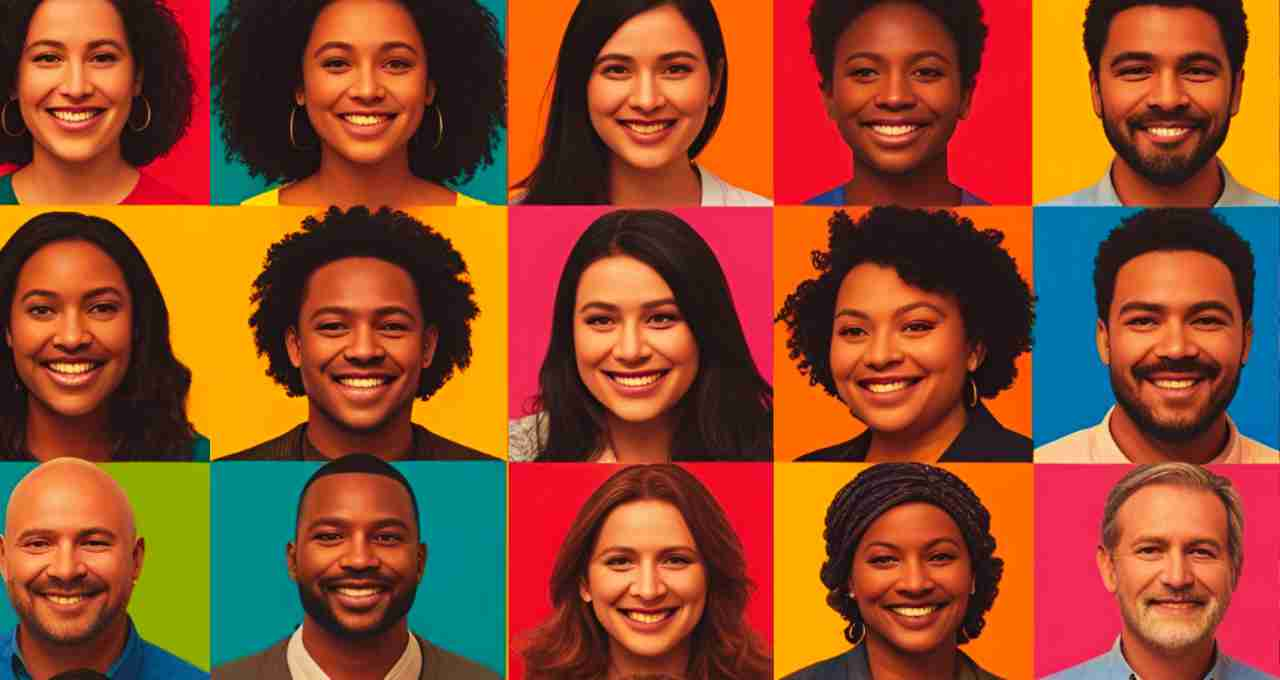
- Condition Control Encoder: This functions like a pre-trained vision-language model, separating identification and motion information from video frames.
- Denoising U-Net: This part of the diffusion architecture injects control signals from the video into the still image, generating frame-by-frame output.
- Spatial and Temporal Stability: The model boasts accuracy not only in pose-synching but also in maintaining consistent subtle changes in facial expressions from frame to frame.
This architecture allows for high-quality animation creation without the need for manual key-framing or expensive motion-capture systems.
Open-Source Release and License
Tencent has open-sourced HunyuanPortrait, making its code and model freely downloadable from GitHub and Hugging Face. A research paper detailing the model's training process, data used, and performance aspects has also been published on arXiv. The model is freely available, especially for academic and research purposes. However, commercial use requires a separate commercial license. This move benefits smaller studios and universities by providing access to a powerful AI animation tool without significant costs.
Comparison with Existing Alternatives
Tencent claims HunyuanPortrait outperforms other open-source models in the following aspects:
Spatial Accuracy: HunyuanPortrait animates facial features like eyes, nose, lips, and head direction with high precision, resulting in a natural-looking face.
Temporal Stability: The model provides consistent output across every frame, eliminating flickering or inconsistencies in movement, creating smooth and professional videos.
Controllability: HunyuanPortrait captures even subtle movements from the driving video, enabling accurate replication of minute facial expressions in the portrait.
HunyuanPortrait in Film and Animation

HunyuanPortrait offers several applications in film production and animation:
Fast Prototype Animation: HunyuanPortrait allows for quick demonstrations of character movements and expressions in the early stages of film or animation projects, saving time and resources.
Virtual Spokespersons: Brands can utilize AI-powered animated faces as representatives, capable of speaking and moving naturally in live video.
Social Media Content: This tool is beneficial for YouTubers, Instagram influencers, and digital creators, enabling them to create live animated videos without complex setups.
Challenges and the Way Forward
Like any new technology, HunyuanPortrait presents challenges. A major concern is its potential misuse in creating deepfakes without permission, posing risks to privacy and security. Animating someone's picture without consent raises ethical questions. Clear and strict safety and ethical guidelines are crucial before fully approving commercial use to prevent misuse.
Tencent's HunyuanPortrait represents a significant advancement in portrait animation. Its open-source nature empowers small creators, academic institutions, and startups with access to high-quality animation tools. However, ethical and privacy concerns remain, necessitating solutions for responsible technological progress.
